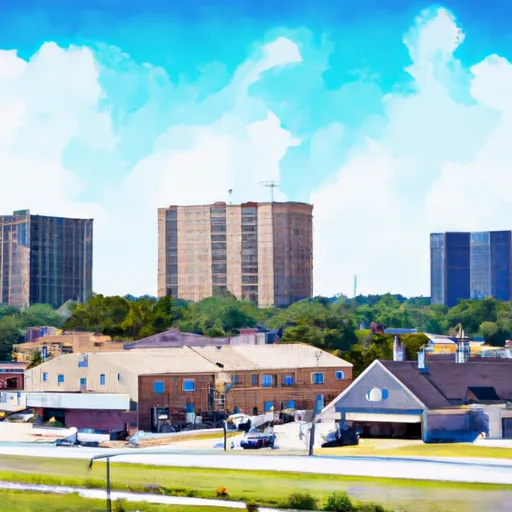°F
°F
mph
Windspeed
%
Humidity











New Sarpy, Louisiana is a small community located in St. Charles Parish. It experiences a humid subtropical climate with hot and humid summers and mild winters. The area is prone to occasional hurricanes and heavy rainfall due to its proximity to the Gulf of Mexico.
Hydrologically, New Sarpy is surrounded by the Mississippi River and its tributaries, including the Bonnet Carré Spillway. These waterways provide opportunities for boating, fishing, and other water-based activities.
Outdoor recreation enthusiasts can explore the nearby Bonnet Carré Wildlife Management Area, offering hunting, hiking, and birdwatching. A short drive away is the Jean Lafitte National Historical Park and Preserve, where visitors can immerse themselves in the diverse wetland ecosystem through guided tours, boardwalks, and canoe trails. With its unique climate and abundant water resources, New Sarpy offers a variety of outdoor activities to enjoy.
Weather Forecast
New-Sarpy receives approximately 1609mm of rain per year, with humidity levels near 87% and air temperatures averaging around 21°C. New-Sarpy has a plant hardyness factor of 9, meaning plants and agriculture in this region tend to thrive here all year round.
Regional Streamflow Levels
2,680
Cubic Feet Per Second
2,020
Cubic Feet Per Second
26
Cubic Feet Per Second
14,900
Cubic Feet Per Second
Nearby Camping
| Camping Area | Reservations | Toilets | Showers |
|---|---|---|---|
| Bogue Chitto Water Park | |||
| Lake Lincoln State Park | |||
| St. Francois State Park | |||
| Pere Marquette State Park | |||
| Greenville - Lake Wappapello | |||
| Percy Quin State Park |



